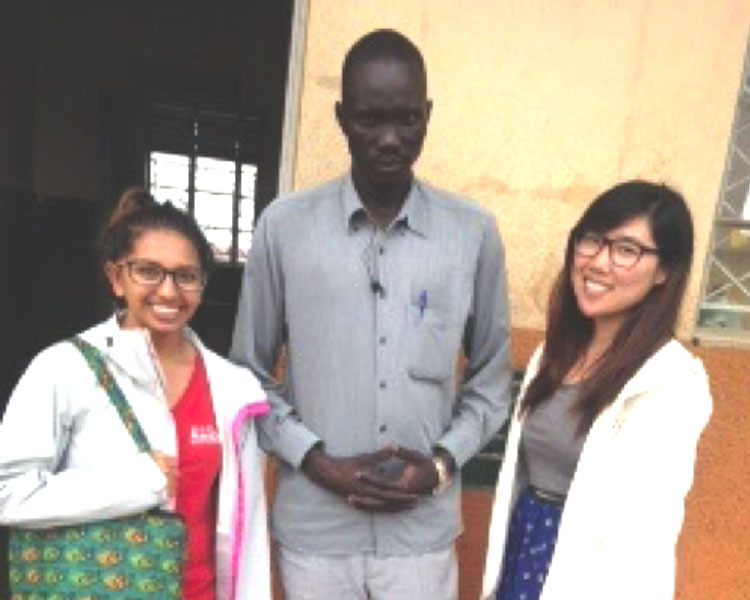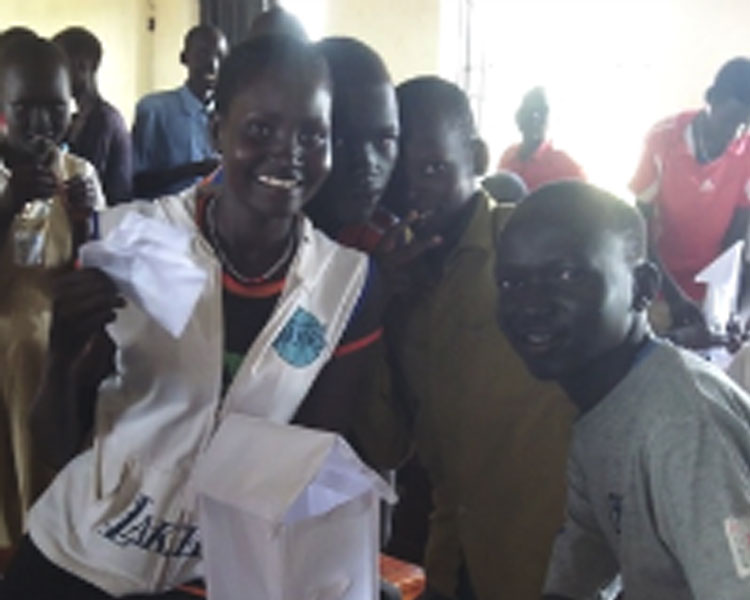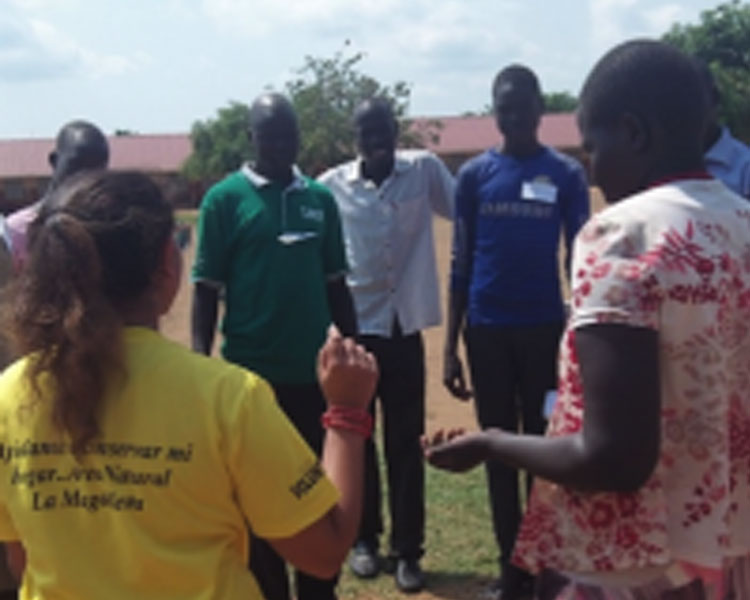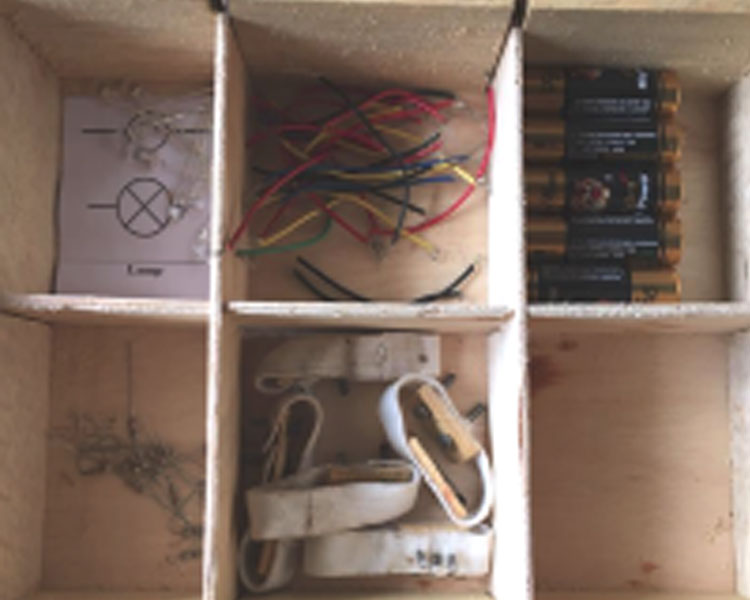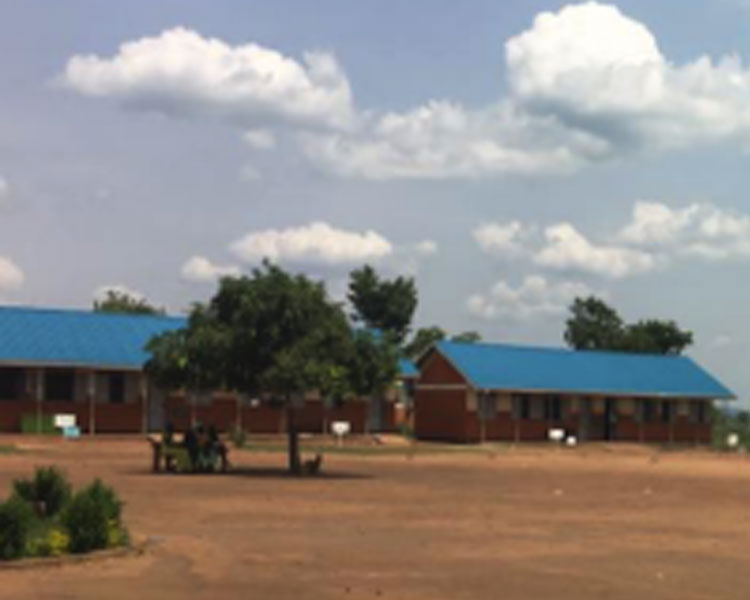
Context
We represent a team of students from D-Lab: Education (Barbara Lima MIT ’16, Kelly Liu MIT ’16, Jeannie Yoon Wellesley ’17, Ava Zhang Harvard ’16) that worked throughout the 2016 spring semester to develop a curriculum on the fundamentals of electricity, lighting, and circuitry for Ayilo Primary School. This school is located within the Ayilo refugee settlement in the Adjumani District of northern Uganda. Due to the outbreak of civil war in South Sudan, many South Sudanese refugees—especially women and children—have come to Uganda seeking asylum from the violence.
We chose electricity, lighting, and circuit building as the topic of study after observing the lack of lighting in the Ayilo community and the challenges this creates for students wanting or needing to read once the sun sets. We hoped the topic of electricity would empower students to build their own lights at home with locally available materials.
With buy-in from D-Lab: Education co-instructor Jessica Huang and Ayilo Primary School head teacher Kut Buol, we completed the curriculum, and were ready to meet the students!
We set out to Uganda with the following goals:
- Teaching the fundamentals of electricity and the art of design
- Introducing the idea of participatory learning as opposed to the strictly lecture-based learning prevalent in Ugandan classrooms
- Empowering students to design their own lighting solutions for their homes
Preparation
Step 1: Gathering local materials
We traveled from Entebbe where the airport is located to Kampala, the capital of Uganda, to find the components of a circuit such as batteries, wires, resistors, and LEDs because they are more accessible in a large city such as Kampala. Unfortunately, so far, LEDs can only be found in Kampala—unless you find and dissect many broken flashlights for their LEDs! We were trying to be creative and resourceful in gathering materials for the design portion of the curriculum by saving all of the water bottles we drank up to the lesson!
Step 2: Figuring out solutions to newly arisen problems
Then, we traveled to Adjumani to receive final feedback from the teachers before we began building individual circuitry kits for the students. Our partner Joel from the NGO Caritas was generous enough to drive us to Ayilo and act as a “translator” in case our accents were difficult to understand.
At the meeting, we faced several problems with our plan. First, the teachers requested that we teach the students (in order to empower them), but we had prepared for the curriculum to be taught by the Ayilo teachers (in order to make it sustainable). Second, we discovered that there were 180 students in grade P7 not 85 as we were told. Teaching twice the number of students was not a major problem. However, our original plan for each student to take home their own circuitry kit to design lights at home was no longer possible because we had only brought enough supplies for 85 students.
Ultimately, we agreed to teachi the class as well as to train the teachers so that they could continue the curriculum in the school. And instead of producing individual kits for students to take home, we would create 18 kits (one per group), and the kits would stay at the school for the benefit of future students. We also decided on making battery holders in order for students to share limited number of batteries within their groups.
Step 3: Making kits for students
Afterwards, we headed to Pader where a partner innovation center known as the Tet Centre is located. We needed to borrow their specialized tools and the expertise of their builders Denis Obwona and David Moro to make the kits and battery holders from scratch for 160 students in just two-and-a-half days!
Implementation
Step 1: Training the student leaders & teachers
We returned to Ayilo Primary School to conduct training workshops for teachers and student leaders. The workshop was a success, and we received useful feedback on time management and the unrealistic expectation of asking students to design before being introduced to the design cycle.
Step 2: Teaching the class
We took in the feedback and continued to revise and adapt our curriculum to the Ayilo setting. Instead of asking students to design from the get go, we introduced them to innovation and did in-class group exercises to practice thinking “outside of the box.”
Ayilo Primary Design Club
Ayilo Primary Design Club was created to provide a space for students to explore other science topics in a hands-on manner, practice design thinking, and ultimately to equip and empower students to be proactive problem-solvers in their community.
Feedback
The students had a lot of fun during the lessons—especially building the circuits and the creativity games. The teachers let us know that they had never seen their students so engaged in the classroom!
Spreading the word
After teaching the curriculum and saying goodbye to our students, we headed to Soroti to share our projects, including the kit and the curriculum, with a partner organization (TEWDI UGANDA) and the primary schools with which they work.
Back to the USA
We hope that, though brief, the exposure to interactive learning and the process of creating innovation has inspired the Ayilo students to continue their education and to continue to pursue their dreams! We learned so much from our experience there.
Signing off for now,
Nisha & Jeannie
